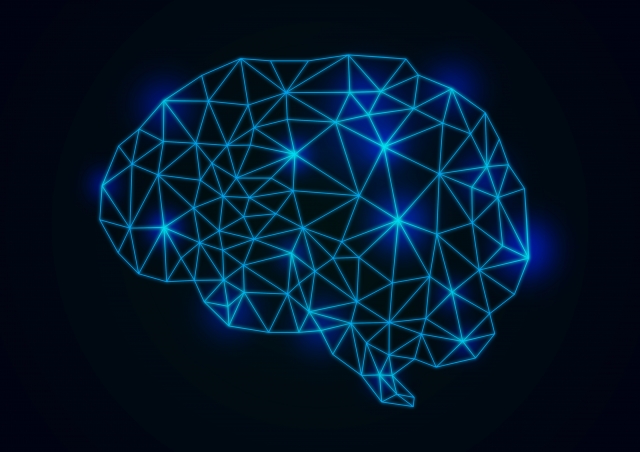
1. Introduction: The Significance of DNA Testing to Know Our Ancestry
In modern times, DNA testing has become a powerful tool for learning about our ancestors and roots. While in the past we relied on family trees and historical sources, DNA testing is revealing more accurate and detailed family origins and migration patterns. Thanks to advances in science and technology, we can trace our family, cultural, and ethnic roots through our DNA.
2. How DNA Analysis Works
DNA testing is based primarily on mitochondrial DNA and Y-chromosome DNA. Mitochondrial DNA can trace maternal genetic information while Y-chromosome DNA focuses on paternal roots. Autosomal DNA analysis is also used to analyze the overall genetic structure and to indicate the regional and ethnic proportions of each ancestor. This provides a more comprehensive understanding of the structure of the family tree.
3. Mitochondrial DNA and Maternal Roots
Mitochondrial DNA (mtDNA) is very useful for understanding maternal roots. mtDNA is passed from mother to child and can trace maternal lineages over thousands of years. For example, mtDNA analysis has been used to study human origins in Africa and migration patterns in Asia, Europe, and America.
4. Y-Chromosome DNA and Paternal Roots
Y-chromosome DNA, which is found only in males, is used to trace paternal roots; since the Y chromosome is passed from father to son, it is possible to trace paternal roots across generations. This technique allows one to explore the origins of different peoples and lineages. For example, studies conducted in many Western countries have shown that certain Y chromosome haplogroups are linked to different geographic regions.
5. Autosomal DNA and Ethnic Background
Autosomal DNA analysis is a method of analyzing multiple ethnic and regional backgrounds based on DNA inherited from both parents. Based on the genetic markers of each ethnic or regional background, it can show which region your genes originate from. This shows how mixed your roots are and helps you understand your place in today’s multicultural society.

6. New Discoveries and Social Significance Revealed by DNA Testing
DNA testing expands our knowledge of previously unknown ancestral cultures and regions. For example, we can understand how migration and interethnic intermingling affect our genes, such as discovering that people living in the United States have roots in Asia and Europe. Such information also provides a new understanding of one’s cultural identity and roots.
7. Limitations and Ethical Issues of Finding Roots through DNA Testing
DNA testing has many possibilities, but it does not necessarily answer all questions. It can be difficult to uncover specific roots, especially in families with mixed ancestry or different cultural backgrounds. In addition, genetic information is a matter of privacy, so one should be cautious in handling data and sharing information.
8. Conclusion: The Journey of Self-Discovery That DNA Testing Offers
DNA testing is a valuable tool for understanding ancestral roots and one’s background. Tracing your genetic history not only reaffirms your identity, but can also provide valuable information for your family and descendants. As science advances, ancestral roots searches through DNA testing will become more common, and more people will gain new insights into their lineage.


